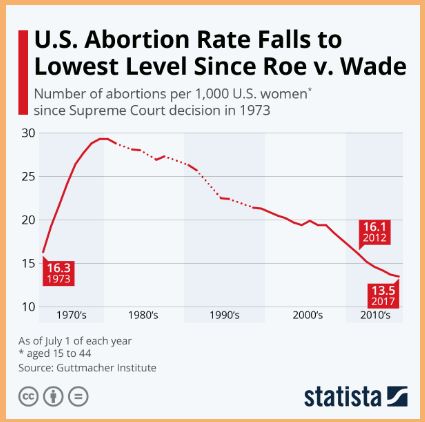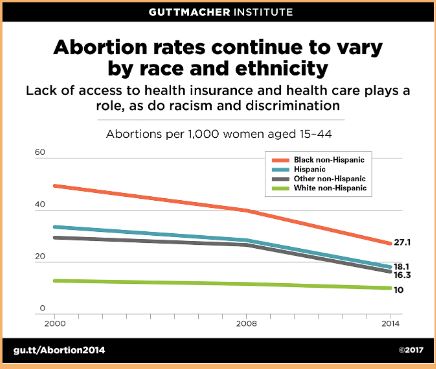Opinion: What Abortion Laws Fail to Consider
2022 Brings More Tension over Reproductive Rights than Ever
With the onslaught of social issues brought along by the entrance of the 2020s, one of the most notable was the debate on abortion.
January 11, 2023
With the onslaught of social issues brought along by the entrance of the 2020s, one of the most notable was the debate on abortion. Every day on the news, there seems to be a new state enacting a restrictive law on abortion or other means of birth control.
Texas, being the most notable and recent violator of this gaining trend, recently passed a law that made it illegal to have an abortion past 6 weeks. Although this doesn’t seem entirely out of line with its Republican-aligned state government, this law fails to consider that most women find out they’re pregnant at Week 5.
Nevertheless, this failure of consideration seems to be eerily consistent with several other laws about reproductive rights. This begs the question: What factors must be considered when preparing reproductive rights laws?
The Current Statistics of Abortion and their Lack of Consideration:
The balance between women’s rights and the “potentiality of human life” was already decided in 1973 with the controversial Roe v. Wade supreme court case. This hearing immediately caused a surge in terminated pregnancies followed by a gradual drop, with the lowest abortion rates being found today, according to a graph by Statista.

This brings one of the first factors that need to be considered by legislators when making laws about reproductive rights: the current declining abortion rate. The abortion rate has been the lowest since its original legal protections in 1973, with 13.5 terminated pregnancies per 1,000 U.S women.
As the number of abortions continues to follow a negative trend every year, it questions whether anti-abortion legislation would simply contribute to an already declining trend. In other words, if women are already deciding not to have abortions, what’s the use of making laws against it?
Another important statistic to consider regarding legislation on reproductive rights is how those laws would affect certain groups of people, specifically certain races.

As seen in a graph by the Guttmacher Institute, abortion rates are higher among black, Hispanic, and other minority individuals. Suppose specific restrictive abortion laws were put into place. This disparity in impact among races is yet another example of recurring systematic racism, which is problematic in itself and even worse when seen as constituted by a modern government body.
Ethics of Abortion: is it as bad as some lawmakers make it out to be?
One of the most significant factors contributing to the stigma around reproductive rights is its ethics. Although America is notably seen worldwide as a secular government, the strong impact of Christianity and other religions condemning abortion seems to infiltrate in some ways.
Of course, lawmakers using their own religious biases when making specific legislation is inevitable, but even taking into account the religious beliefs of some individuals when making laws on reproductive rights doesn’t give an excuse to pass overly-restrictive ones.
In a series of surveys done by Pew Research, it was revealed that more than 50% of Christians, Muslims, and Jewish individuals believed that abortion should be an option for every woman under any circumstance.

This reciprocates the fact that laws that are made to please a certain number of religious beliefs (which definitely shouldn’t be a factor when making laws) don’t encompass the views of nearly half of the people who consider themselves of that religion.
As society looks further into the ideas surrounding specific social issues, it’s becoming more evident that it’s essential to consider all effects and impacts when trying to resolve them.


